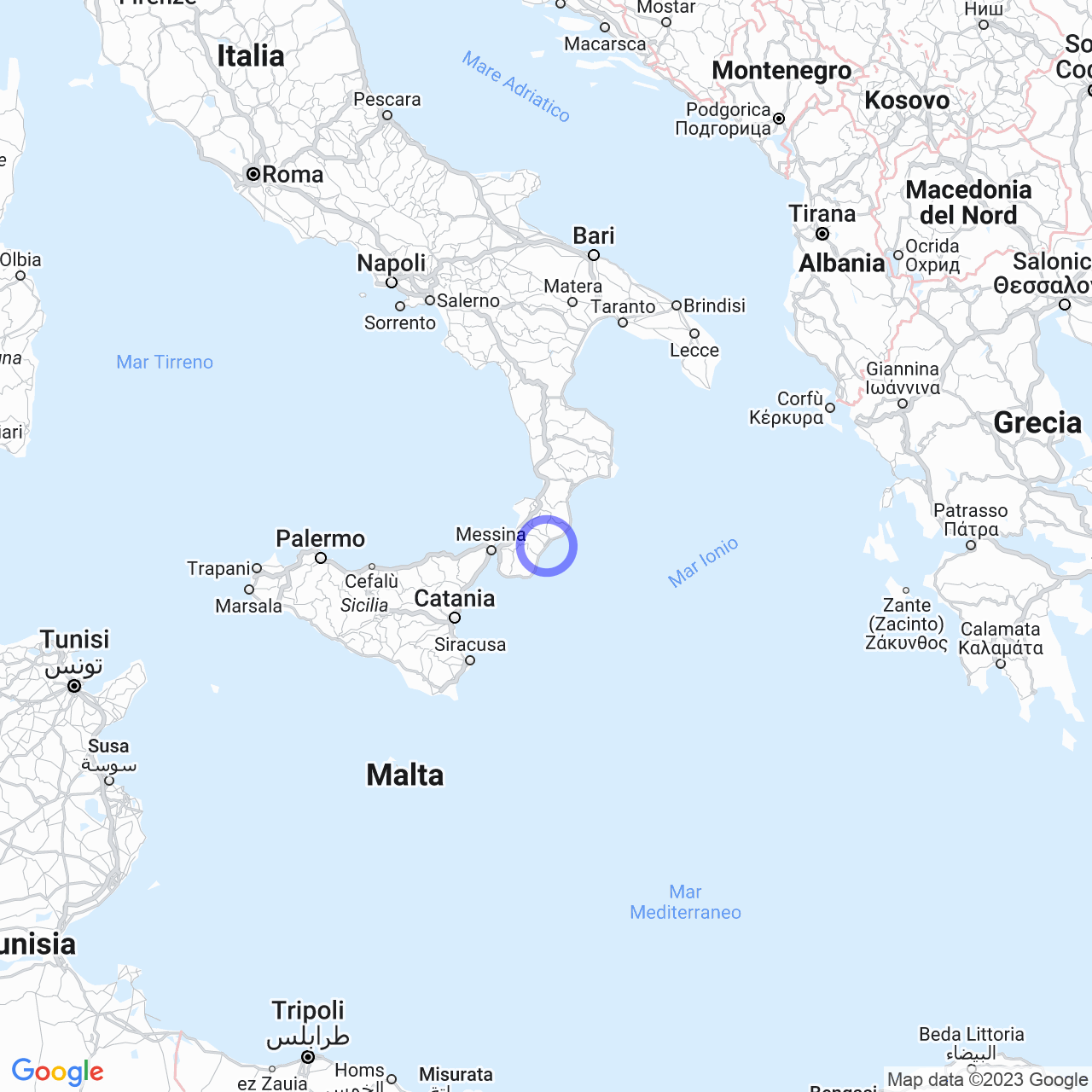Locri
Discovering Locri, the pearl of Calabria
Hello friends, today I will talk to you about a delightful city: Locri, located in the metropolitan city of Reggio Calabria, in Calabria. With its 11,816 inhabitants, this town is a tourist center for beaches, culture, and religion, surrounded by the beauty of the Locride territory, between the Aspromonte massif and the Ionian Sea.
Exploring the physical geography
Locri is surrounded by several hills from which you can admire typical landscapes of Locride, with all kinds of citrus groves, including the valuable bergamot, century-old olive groves, vineyards, almond trees, natural cork oak forests, myrtle, jasmine, broom, and prickly pears. The beaches, known as Greek beaches, are large, unspoiled and covered with typical Mediterranean vegetation, especially characterized by the presence of Carpobrotus and Pancratium maritimum.

The origin of the name
The name of the city comes from the ancient Locri Epizefiri, a city in Magna Greece founded in the 7th century BC, whose excavations are located both in the municipality of Locri and in the municipality of Portigliola, a few kilometers south of the present town center.
The history of the city
Locri is closely linked to the history of two other centers originated in the surrounding area: Locri Epizefiri and Gerace, a city built during the Middle Ages in the 9th century. After the Roman conquest of Locri Epizefiri and the malaria plague, the site was abandoned, and the inhabitants moved to the safer inland hills, where Gerace arose.
In the 19th century, thanks to the advent of the Ionic Railway and the return of the population to the coastal areas, the settlement of Gerace Marina, a fraction belonging to the municipality of Gerace, developed. Gerace Marina gained increasing importance with the transfer, from Gerace, of some important administrative and commercial structures, including the Court and the Popular Bank in 1880, until becoming an autonomous municipality in 1905. Moreover, the growth of important commercial and industrial activities consolidated Locri as a significant economic center.
Tourist attractions
Among the tourist attractions, we find the archaeological excavations of Locri Epizefiri, located about 3 km south of the town. The distance from the modern town has allowed preserving almost entirely the ancient Greek city, although the locals used the stones of this city to build the new houses in past centuries.
The archaeological excavations were directed by Paolo Orsi (1908-1912), Paolo Enrico Arias (1940-1941), and Giulio Jacopi (1951). Of particular interest is the visit to the archaeological remains of the Greek temple, the Greek theater, and the walls of the Magna Greek period. The National Museum of Locri exhibits thousands of archaeological artifacts from pre-Hellenic, Magna Greek, and Roman times, representing an unmissable stop for history and culture enthusiasts.
Locri is also famous for its mosaics, such as the School of Jupiter and the School of Athens from the Roman era. The Sanctuary of the Holy Crucifix is one of the most important places for popular religiosity and religious tourism, where thousands of devotees travel every year on foot from every part of Calabria on 1st May during the celebration of the feast of the Holy Crucifix.
Conclusions
As you have seen, Locri is a city with a complex history and an undisputed cultural value, offering visitors many surprising attractions. Among its citrus hills, wild beaches, and archaeological excavations, every activity becomes an exciting and unforgettable experience. So, do not miss the opportunity to visit this pearl of Calabria!
